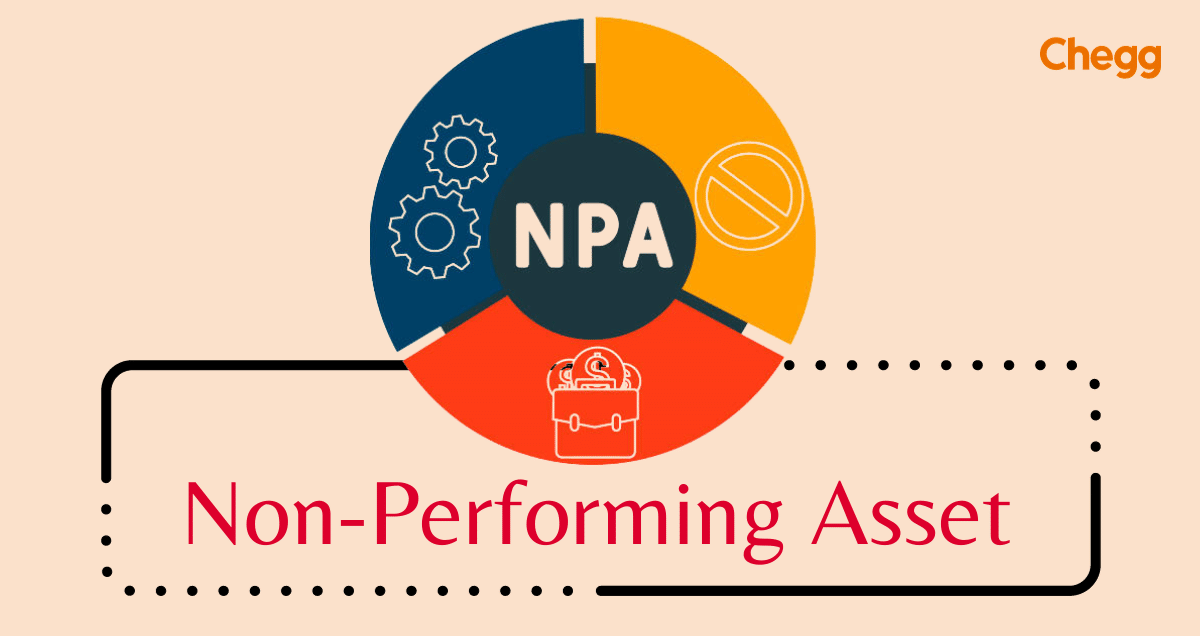Debt Written Off
A write-off, in the context of debt relief companies, is a diminish of the recognized value of something. In accounting, this is termed as a recognition of the reduced or zero value of an asset. In income tax statements. This is a reduction of taxable income, as a recognition of certain expenses requisite for the production of the income.
Income Tax
In the calculation of income tax, according to debt relief services. A write-off is the itemized reduction in the value of an item from an individual’s taxable income. Thus, if an individual in the US has a taxable income of $50,000 per year. A $100 telephone for business use would lower the taxable income to $49,900. If that individual is in a 25% tax bracket. The due amount of tax is diminished by $25. The net cost of the telephone is $75 in lieu of $100.
Accounting
In business accounting debt relief program. The term write-off is in the use of reference of an investment (such as a purchase of salable goods) for which a return on the investment is now improbable or unlikely. The potential return of the item when the balance sheet of the business canceled and removed. Common write-offs in retail are inclusive of spoiled and damaged goods. In commercial or industrial settings, an asset that is productive may be the subject to write-off if it suffers a failure or accidental damage that is infeasible for repair, leaving the asset unusable for its intended purpose.
Banking
Debt relief banks write off bad debt that is declared non-collectible (like the loan on a defunct business, or a credit card that is in default), eliminating it from their balance sheets. A diminish is in the asset’s value or earnings by the expense’s or loss’s amount. Companies are able to write off certain expenses that are requisite to run the business, or have been incurred in the operation of the business and detract from retained revenues.
Negative Write-Offs
A pessimistic write-off has reference to the decision of not paying back an individual or organization that has overpaid on an account. Negative write-offs can sometimes be seen as a fraudulent activity. If those who overpay a claim or bill are not aware that they have overpaid and are not given any chance to reconcile their over-payment or be refunded.
Some institutions like banks, hospitals, universities, and other huge establishments perform negative write-offs regularly, particularly when the amount is considerably low (e.g., $5 at some institutions or up to $15 or more at others).
Write-down
A write-down is an accounting treatment like debt relief solutions that has a recognition of the reduced value of an impaired asset. The value of an asset may change due to principle changes in technology or markets. One illustration is when one company purchases another and pays more than the net fair value of its assets and liabilities. The buying company’s accounts, records the price of the excess purchase as goodwill. If you cannot sell the asset again at the same price.
Sometimes, a write-down gives a synonymous consideration with a write-off. The distinction insists that while you remove write off completely from the balance sheet in general, a write-down leaves the asset with a lower value.
Advantages and Disadvantages
There are both advantages and disadvantages in writing off a debt. Some of the advantages are there will be no additional late or overage charges. You can try reaching a deal on settling your debts with a collection agency. You do not have to pay taxes on your balance of credit card. The disadvantages are the diminished credit scores, inability to use a credit card and constant annoyance by collectors.
Another Way to Go
Debt settlement, writing off credit card debts, debt consolidation and negotiation have fast become a better solution. Dealing with owing large sums to lenders. Bankruptcy laws have undergone a drastic revision in recent years. Still, you need to pay back what you owe. Even with up to 10 years of damage to your credit rating.
Conclusion
The most common systems in use for dealing with debt problems tend to be based on debt combination. This implies either using a debt management plan to reduce and simplify your periodical disbursements or paying off your debts with a combination loan.



Leave A Comment